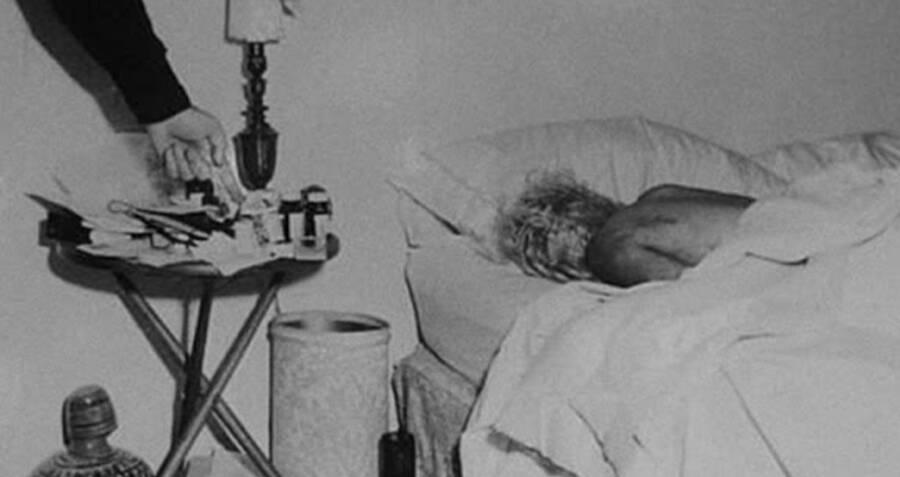
Loose-lipped pillow talk may have sealed the fate of the sex goddess who had affairs with both Bobby Kennedy and John F. Kennedy.
Mafia godfather Sam Giancana claims to have ordered the hit and then tried to frame Bobby who had been at Marilyn’s house the day of her killing trying to retrieve diary which exposed their affair
[August 4 marks the 60th anniversary of Marilyn Monroe’s death. Continuing CAM’s series on political assassinations, the article was first published in May. Numerous readers objected to the original insinuations that Bobby Kennedy was behind Marilyn’s death. One recommended that I read mafia godfather Sam Giancana’s memoir. In it, Giancana claims to have ordered Marilyn’s death. He in turn may have tried to frame Bobby Kennedy who had tried to cover up his presence at Marilyn’s home that day in an attempt to retrieve her diary—a diary which exposed the affair the two had been having. A recent book by former LAPD intelligence officer Mike Rothmiller argues, based on unearthed surveillance tapes and the confession of Robert Kennedy’s brother-in-law Peter Lawford, that Kennedy was the killer.—Editors]
Marilyn Monroe was Hollywood’s most marketable and dazzling star during the 1950s and early 1960s. On August 4, 1962, her life came to a premature and tragic end at the age of 36.
According to the official story, Marilyn committed suicide by swallowing too many barbiturates. She was depressed because she had been dumped by Robert Kennedy—and before that John.
At 8:00 p.m., Marilyn allegedly retreated to her room and closed the door. Seven hours later, her housekeeper, Eunice Murray, saw that the light was still on in her room and grew worried. She called Marilyn’s psychiatrist, Dr. Ralph Greenson, who came to her home in Brentwood, peered through Marilyn’s bedroom window, and saw her lying face down on her bed.
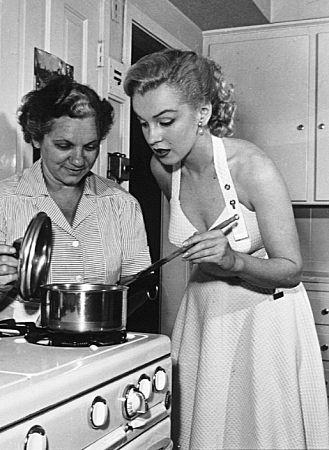
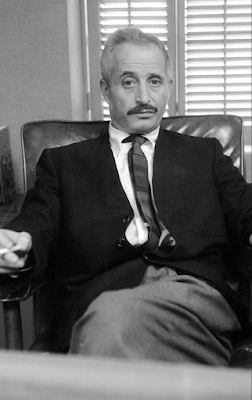
Greenson then allegedly took a poker from the fireplace, smashed the window and climbed into Monroe’s room. After seeing her dead body, he proclaimed “we’ve lost her.”
At 4:25 a.m. the police were called and Marilyn was taken to a Santa Monica hospital (St. John’s Hospital) where she was pronounced dead.
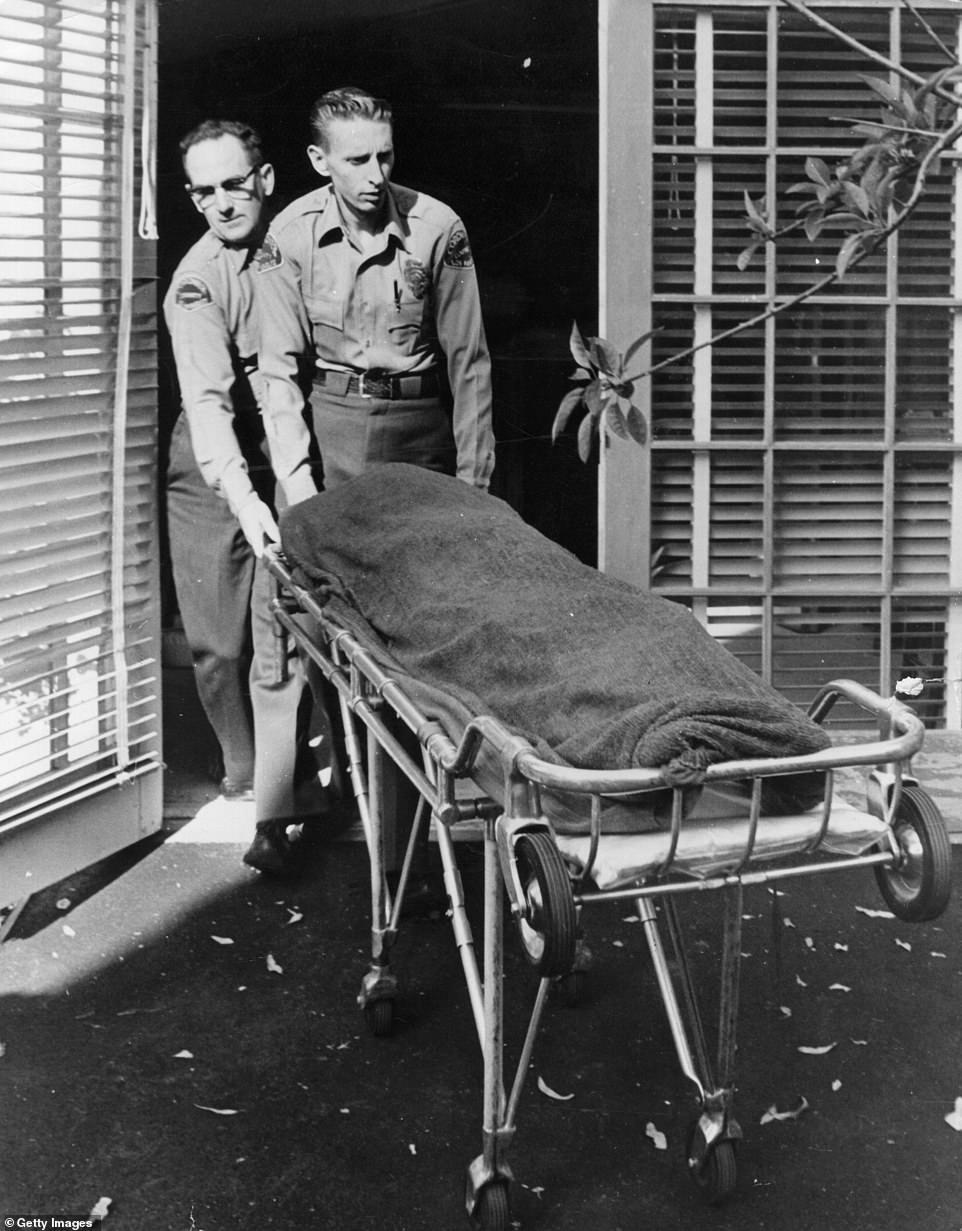
The Coroner, Dr. Theodore J. Curphey, ruled Marilyn’s death a suicide and no further police investigation was undertaken.
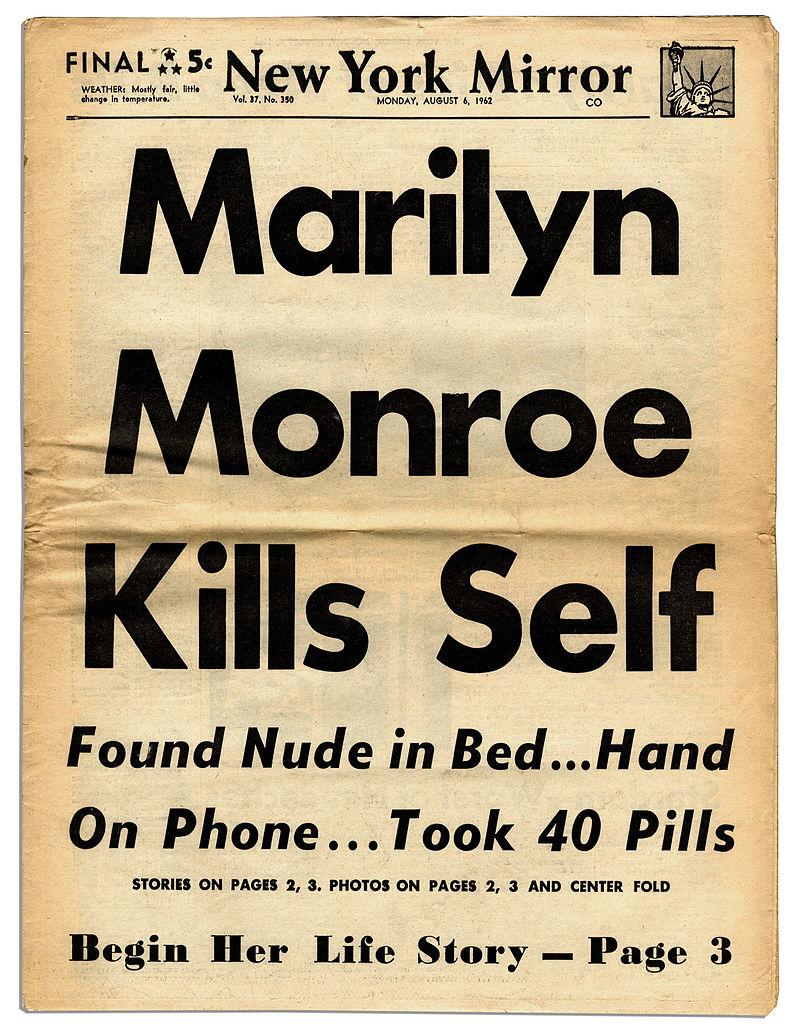
Bombshell Revelations
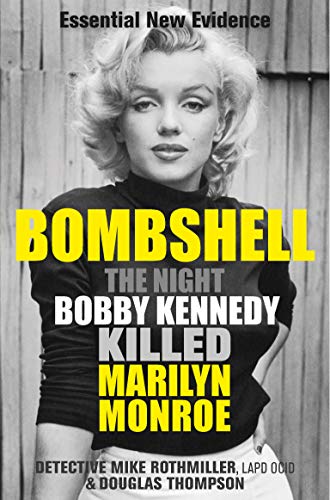
A new Netflix documentary, The Mystery of Marilyn Monroe: The Unheard Tapes, and a book published by former LAPD officer Mike Rothmiller and Douglas Thompson, Bombshell: The Night Bobby Kennedy Killed Marilyn Monroe (London: Ad Lib Publishers, 2021), puncture the official narrative about Monroe’s death, and detail corruption in the Los Angeles Police Department (LAPD).
Rothmiller’s book depicts liberal icon Robert Kennedy as the murderer.
The Kennedy brothers’ sexual dalliances with Monroe were known to the FBI, LAPD and CIA because of surveillance carried out by Fred Otash, a private investigator who worked for all three agencies and who had been hired by Teamsters boss James Hoffa to “get dirt” on the Kennedys.

The LAPD’s Organized Crime Intelligence Division (OCID) compiled thousands of dossiers on political figures and celebrities to use for blackmail and other nefarious purposes.[1]
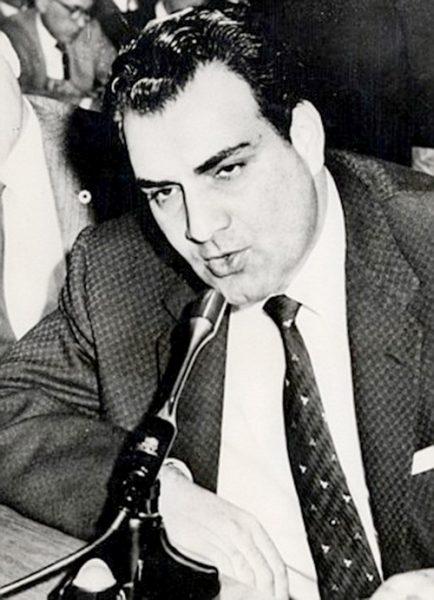
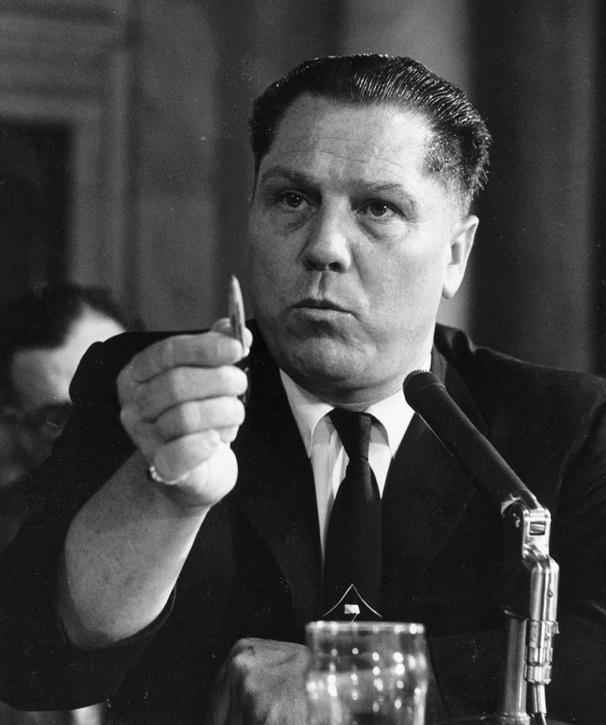
Otash had bugged the Malibu home of Peter Lawford, an actor and brother-in-law to the Kennedys who was part of the “Rat Pack”—a collection of A-list Hollywood celebrities that included Frank Sinatra, Sammy Davis, Jr., and Dean Martin who lived the high life. Known as swingers around town, the Kennedy boys fit in very well with this crowd; Lawford’s home served as one of their sexual playgrounds.
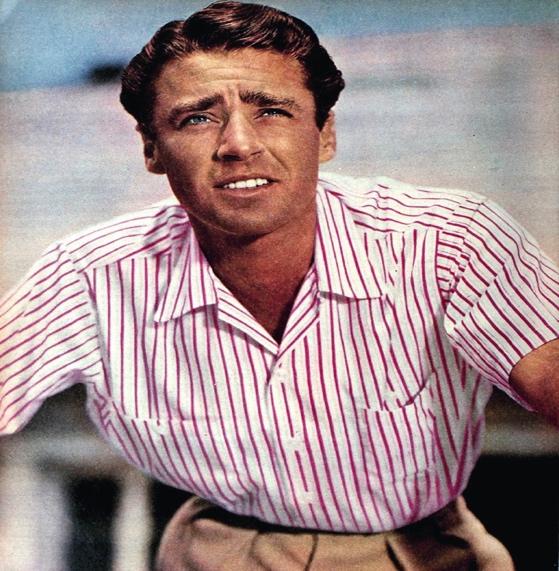
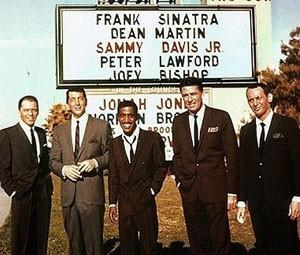
All the fun and games threatened to come to an end when a scorned Marilyn threatened to hold a press conference and expose her affairs with the Kennedys—which would have shattered their wholesome public image.
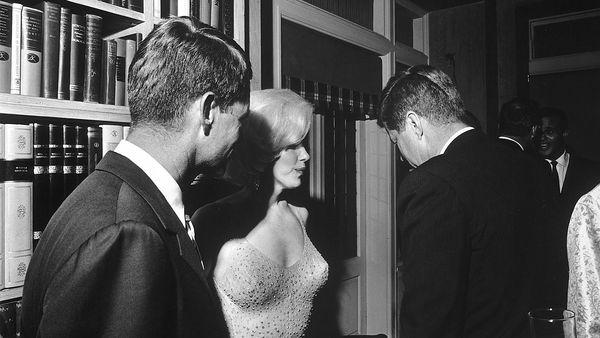
Highly embarrassing to the Kennedys was Marilyn’s ties to left-wing Hollywood A-listers like her ex-husband Arthur Miller, who had been subpoenaed by the House Committee on Un-American Activities (HUAC) for alleged communist sympathies. (Miller wrote the play The Crucible about the Salem witch trials as a parable about the McCarthy era.)
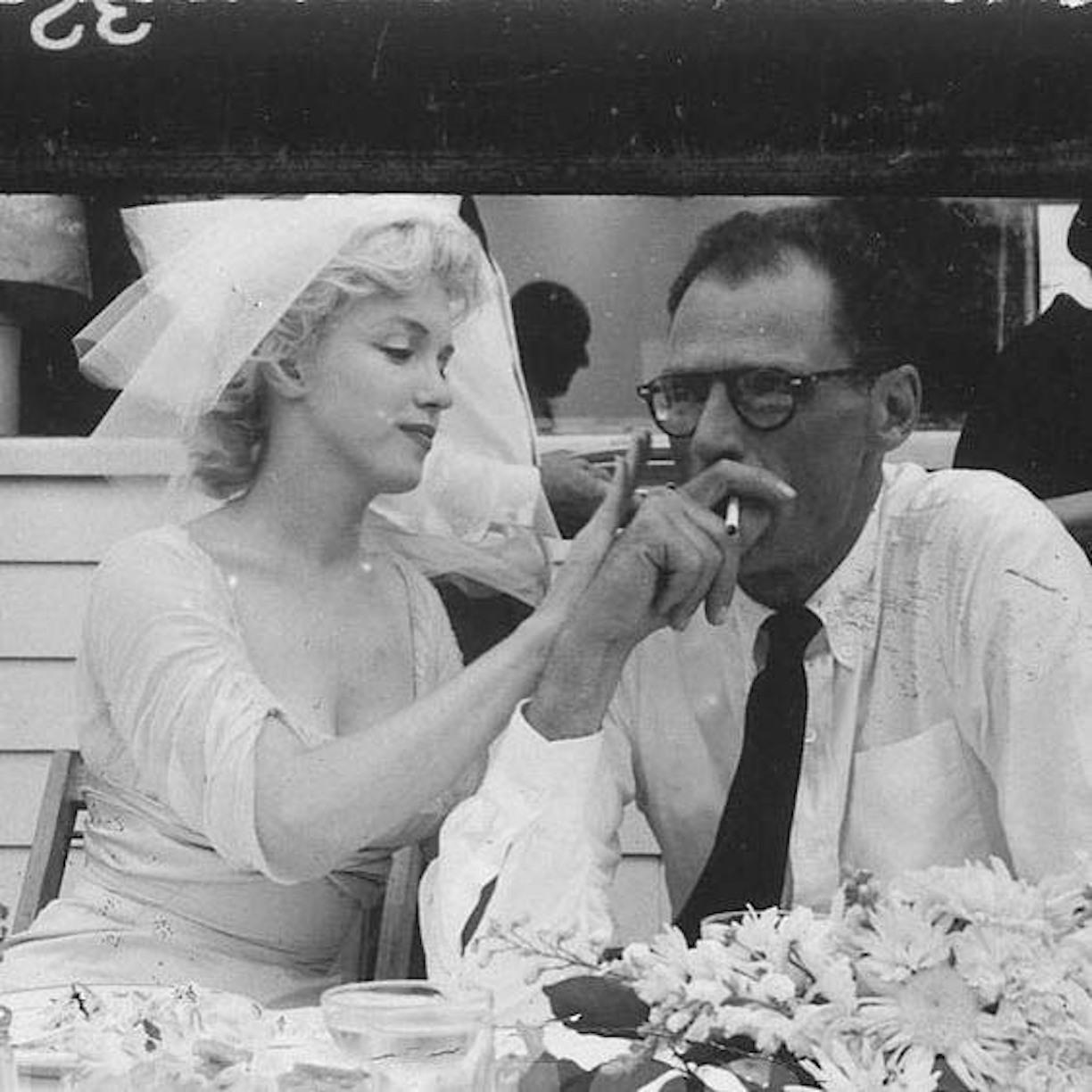
Otash’s surveillance tapes furthermore suggest that President Kennedy—whom she nicknamed “the General”—had been discussing nuclear issues with Marilyn who had an interest in foreign relations and divulged classified national security information—including plans to invade Cuba and increase the U.S. troop presence in Vietnam.
Marilyn wrote in her diary that “John does not like Fidel C and he will be gone soon,” and that Kennedy “will soon be sending more men to Vietnam…The Communists must be stopped. It will be a long war.”[2]
This is not information that Marilyn should have been privy to.
Marilyn also wrote in her diary that Bobby had told her that Jack had let him handle the Bay of Pigs invasion because Jack had taken medication for his back and wasn’t feeling well at the time. The diary further included a note about the assassination of Rafael Trujillo of the Dominican Republic on the Kennedy brothers orders and on South Vietnamese Premier Ngô Đình Diệm, making it apparent that he would be overthrown [in a coup that helped precipitate the Vietnam War].[3]


Marilyn additionally wrote about Murder Inc. and about being told by Bobby that “he was powerful enough to have people taken care of [murdered] if they got in his way.”[4]
On the night of Marilyn’s death, the file cabinets in her guesthouse were significantly broken into and her diary was confiscated along with love letters between her and Bobby.[5]
A Star Is Born
Born Norma Jeane Mortenson, Marilyn overcame a troubled childhood in which she was left an orphan. She began her acting career as a pin-up model during World War II and experienced her first big break when Hollywood agent Johnny Hyde helped her secure a part in The Asphalt Jungle (1950).
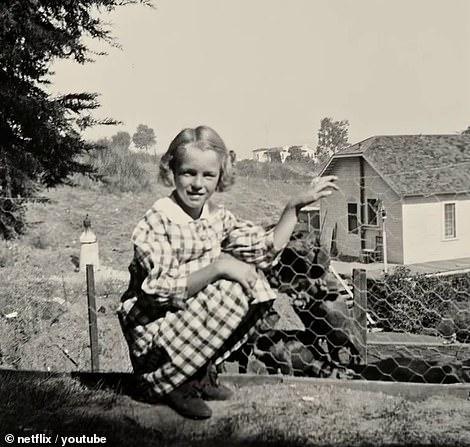
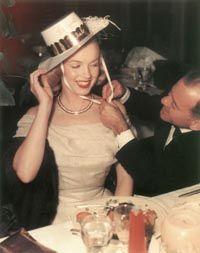
No “dumb blond,” Marilyn was smart and developed left-wing political views. After marrying Arthur Miller in 1956, syndicated columnist Walter Winchell wrote that “America’s best known blonde moving picture star is now the darling of the left-wing intelligentsia.”[6]
In 1953, Marilyn starred in “Gentlemen Prefer Blondes” and “How to Marry a Millionaire” and was in the first issue of Playboy Magazine in December 1953.

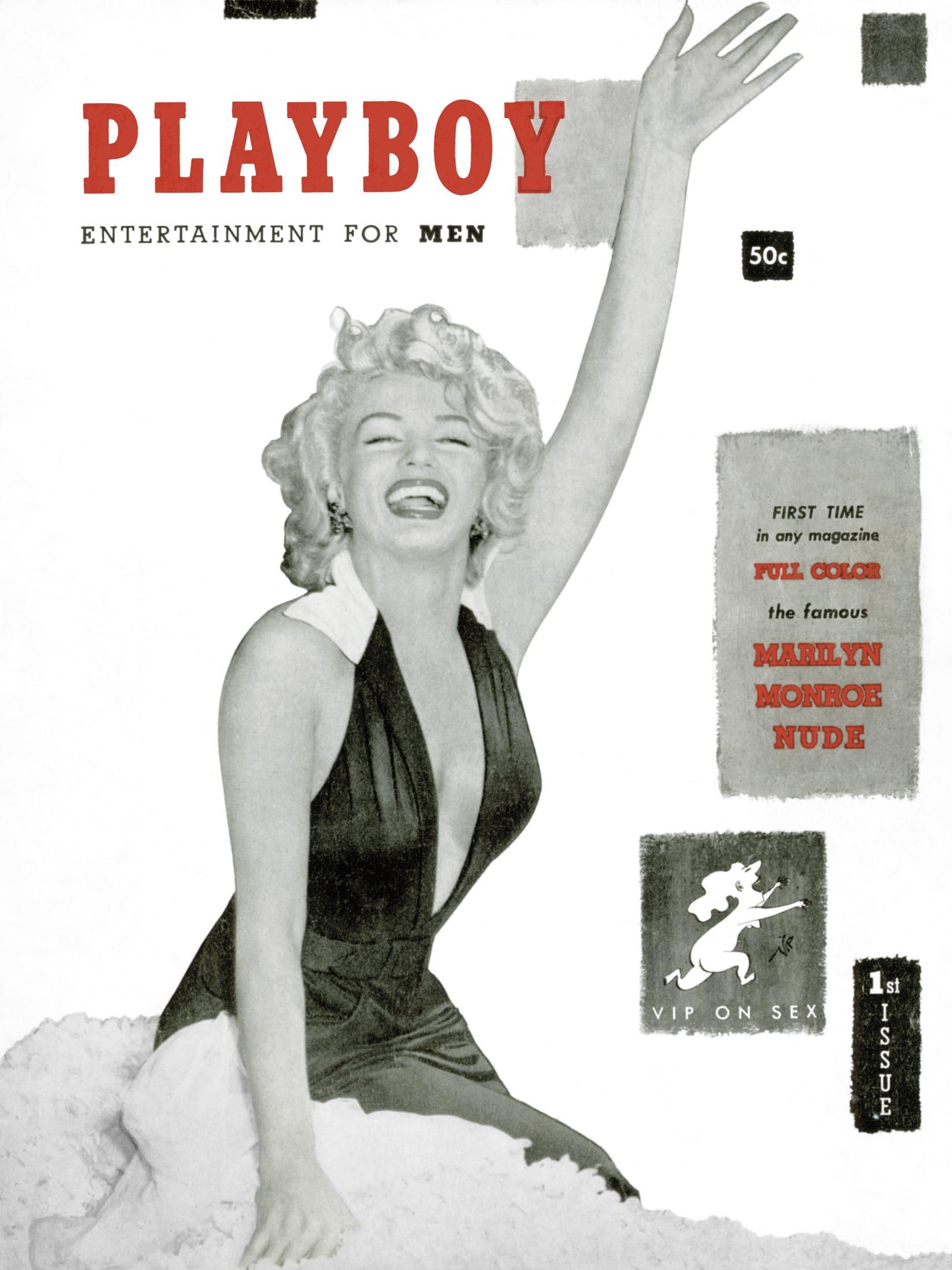
A month later, she married Yankee star Joe DiMaggio, becoming half of the best known couple in the country.

Marilyn’s fame further rose as the star of Billy Wilder’s The Seven Year Itch (1955), in which she played a young woman tantalizing her married neighbor.
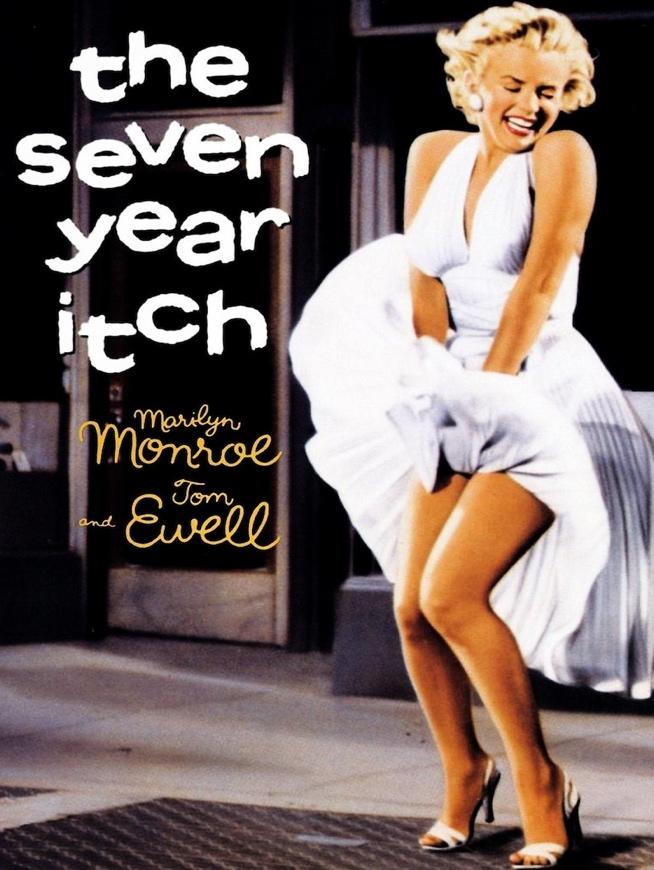
In 1959, Monroe won a Golden Globe award for best comedy/musical actress for Wilder’s film Some Like It Hot (1959), which cast her as a sultry singer who runs into two cross-dressing musicians evading the mob (Tony Curtis and Jack Lemmon).
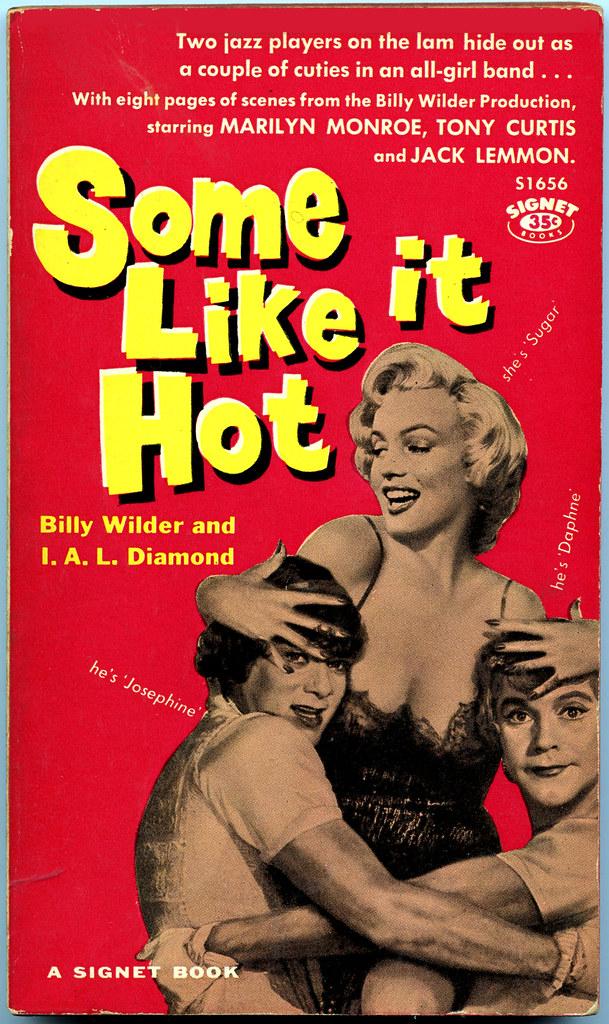
Monroe also won critical acclaim for playing a gold digger in How to Marry a Millionaire (1953), a femme fatale in Niagara (1953), a showgirl in Gentlemen Prefer Blondes (1953), a saloon singer in Bus Stop (1956), and a divorcee in The Misfits (1961).
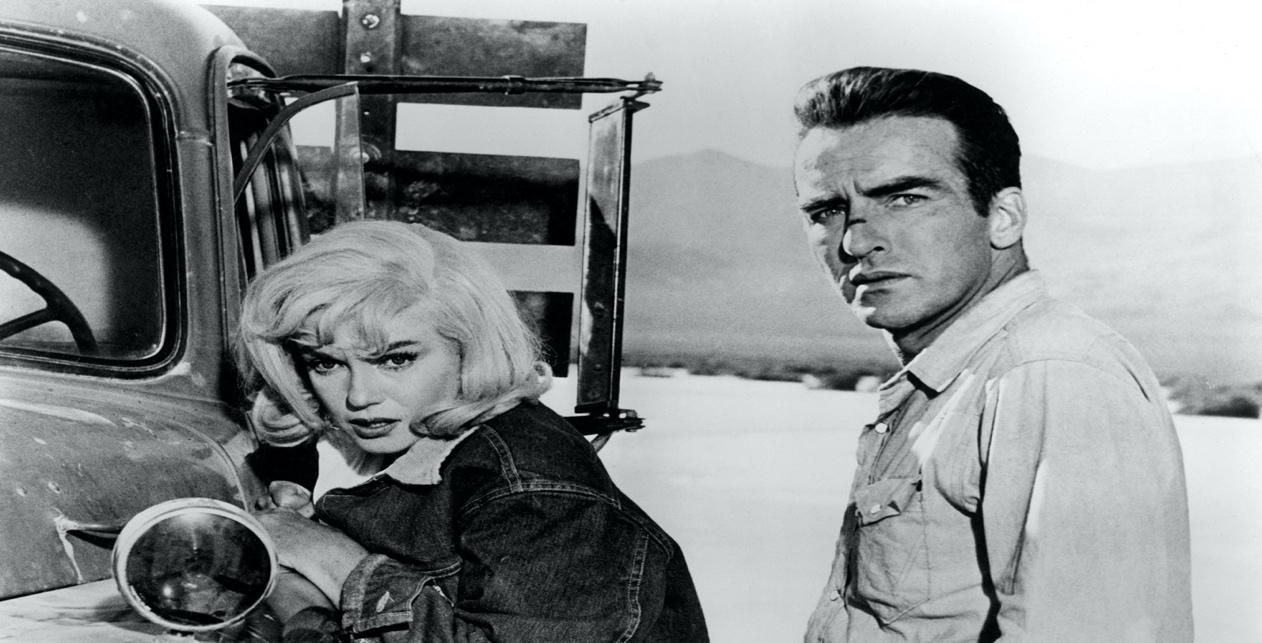
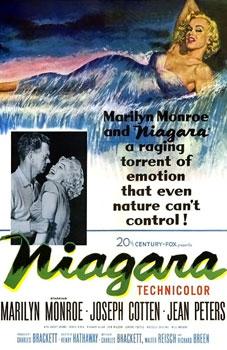
CIA’s Seductress
Marilyn was of course no innocent; her rise to fame was assisted by Johnny Roselli, lieutenant of Chicago mob boss Sam Giancana who connected her with a Hollywood producer Joe Schenck who got her parts in return for sexual favors.
In a book called Double Cross written with his brother Chuck, Giancana wrote that “Marilyn’s desire to achieve stardom, coupled with her childlike desire to please, was exploited by the outfit and CIA,” which used her sexual charms to “frame world leaders”—among them President Sukarno of Indonesia.
Giancana insisted that using Marilyn as bait, the CIA had successfully compromised leaders from Asia to the Middle East, and that Marilyn had been a willing participant in the intrigue because “she enjoyed the attention of the world’s most powerful men.”
Kennedy’s Ruthlessness
Despite their liberal veneer, the Kennedy clan could be ruthless, especially when it came to protecting their political dynasty.[7]
The 2017 film Chappaquidick depicts how the family assembled a team of luminaries to try to cover up Ted Kennedy’s role in the killing of one of Bobby Kennedy’s former secretaries, Mary Jo Kopechne, after Ted drove his car off a pier on Cape Cod. Kennedy had swam to safety, caring more about himself and his career than the life of the young woman.

In his biography of Lyndon Johnson, historian Robert Caro cites several examples of Bobby Kennedy’s quick temper and violent nature. One was an incident at a Cambridge bar where Bobby smashed a fellow Harvard student on the head with a beer bottle because he had been upstaged on his birthday.[8]
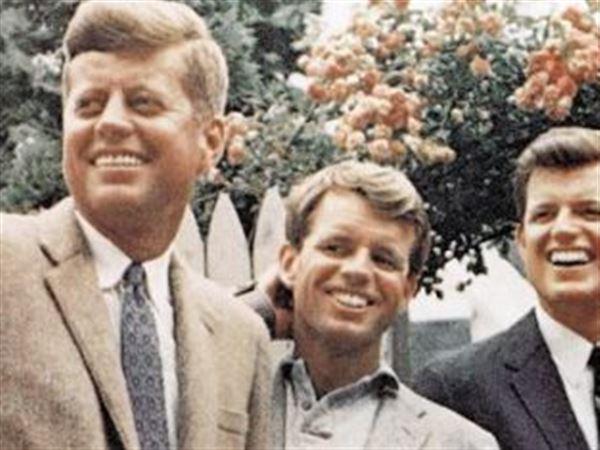
On the day of the Cuban missile crisis, Bobby suggested that America “should sink the Maine again or something to give a pretext for invading Cuba.” (The sinking of the U.S.S. Maine in Havana harbor in February 1898, was a catalyst for the Spanish-American War.)[9]
When her affair with Bobby was ended, Marilyn became fearful for her life, telling her friend Robert Slatzer that Bobby had underworld killers in his employ—they had been assigned by secret elements of the CIA to perform assassinations and other “dirty tricks.”[10]
“The Whole Thing Stinks”
Though heartbroken and fearful of Bobby, Marilyn had appeared happy to her friends in the days before her death. No suicide note was found nor any pills in her stomach. Pat Newcomb, Marilyn’s friend and press agent, said she appeared to be in “wonderful spirits” before she was killed and that the next day they had plans to go to the movies.
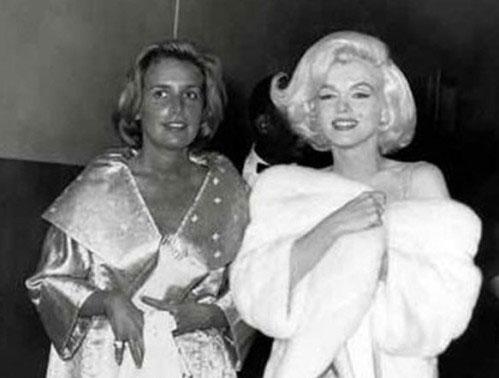
At the time, Marilyn’s career was flourishing. Marilyn was scheduled to meet the next week with two motion picture executives who wanted her to star in a new picture and make night club appearances in Las Vegas for a lucrative fee. She was also going to resume a starring role in the 20th Century Fox feature “Something’s Got To Give.” The month before she had been on the cover of Life and Paris Match.
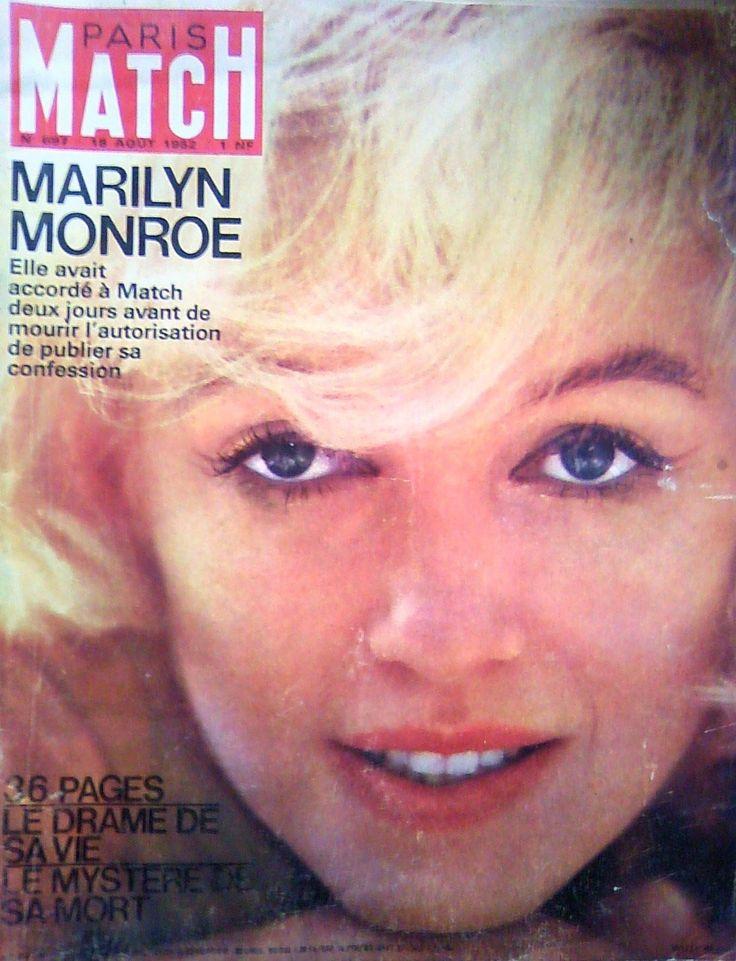
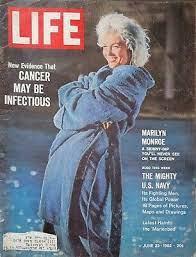
Syndicated columnist Dorothy Kilgallen told Marilyn’s friend Robert Slatzer that she would never believe that Marilyn took her own life as “there were too many conflicting stories from the people who were there that night. The whole thing stinks.”[11]

While Dr. Greenson said that he had broken into Marilyn’s room via the window with a poker—before calling Dr. Hyman Engelberg, Marilyn’s doctor—the window had been miraculously mended by the time the police arrived. Other witnesses insist the window was broken—but from the inside with particles of glass scattered around outside the window.[12]
Marilyn’s neighbors reported a helicopter hovering overhead that night—indicating a police presence before Marilyn was reported dead.[13] Forensic evidence afterwards went missing, and the police refused to make public Marilyn’s phone records.
Eunice Murray admitted to finding Marilyn on the floor, implying she was moved onto the bed. Her body was found naked which was unusual for someone who had taken their own life. Also, Marilyn usually slept wearing a supportive bra to keep her famous “tits tilted up shape.”
That there was no glass of water found in her room was also suspicious—how else could she have swallowed enough pills to kill herself if she could not wash them down with water?[14]
Like the Plumbers at Watergate–What the First Cop on the Scene Saw
Journalist Tony Sciacca wrote that Marilyn Monroe was “murdered because she knew too much about men at the top of the country’s power structure,” and that the murderers afterwards “callously tossed around her naked [lifeless] body in a desperate search to remove all evidence that she had ever been intimate with the Kennedys,” attempting to carefully arrange the death scene. “But like the Plumbers at Watergate, the federal agents botched the job so badly that it was obvious to the first cop on the scene that Marilyn had been murdered.”[15]
When that cop, Jack Clemmons, first entered Marilyn’s home at 4:45 a.m., housekeeper Eunice Murray—oddly—was doing laundry.
Marilyn’s body was found on her bed with her legs stretched out perfectly straight, which was unlike the contorted bodies of most victims who have overdosed on sleeping tablets.
Marilyn was cold to the touch, indicating she had been dead for some hours. She showed signs of livor mortis on her back, which further confirmed she had died hours earlier and indicated a body that had been moved after death and placed on the bed face down.[16]
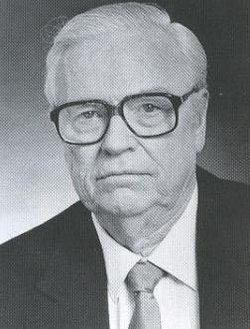
Clemmons believed that Marilyn’s bedroom and everything around it had been created to show she was “alive enough to kill herself.”[17] What he saw was “not kosher;” it “looked like the whole thing had been staged. She couldn’t have died in that position—face down, stretched out swanlike. To me it was an out-and-out case of murder.“ [ 18]
Clemmons said that the people at Marilyn’s home when he arrived appeared extremely nervous—not upset as you might expect people to be about the sudden death of a loved one. He had the distinct feeling they were hiding something.
When Clemmons saw that there was an empty pill bottle, he heard a toilet in the home flush. As he moved in that direction, he saw Dr. Greenson exit the bathroom.[19] Some residual pills were still in the toilet (some pills were only partially broken down and resting in the bowl).
When Clemmons asked Greenson if he had dumped pills into the toilet, Greenson said “no.” Clemmons then told Greenson not to use the toilet again but, soon after, Greenson again flushed the toilet but played dumb, suggesting he thought Clemmons meant not to use another bathroom.[20]

When questioned afterwards, Dr. Greenson and Dr. Engelberg told Clemmons that their delay in calling the police was because they were busy telephoning 20th Century Fox and her “business associates.” But it is unlikely that they would be doing this for four hours with Marilyn lying dead.[21]
She Died in the Ambulance
Natalie Jacobs, the widow of Arthur Jacobs who handled Marilyn’s public relations, reported to investigator Anthony Summers, in The Mystery of Marilyn Monroe, that the night of Marilyn’s death, she and her husband had been listening to a Henry Mancini concert at the Hollywood Bowl.
At half past ten in the evening, they heard the bad news about Marilyn and immediately drove to her house in Brentwood. Eunice Murray’s claim about calling Dr. Greenson at 3:00 a.m. thus could not be true because her husband Arthur was at Marilyn’s house well before midnight, and his business was to keep the press at bay.
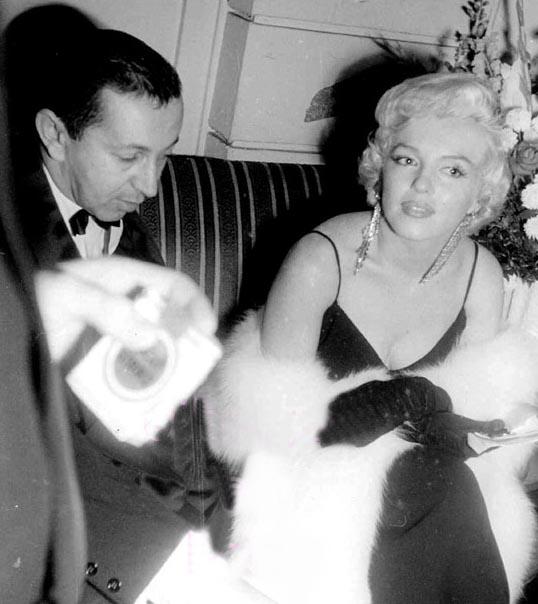
Walt Schaefer, an ambulance man, stated that he was there when an ambulance came to Marilyn’s home before midnight and took her to the Santa Monica hospital. At the time, Schaefer said she was alive but comatose.
Eunice Murray confirmed this story years later, admitting to the arrival of an ambulance while Marilyn was still alive.[24]
Dr. Greenson told journalist John Sherlock that he was in the ambulance with Marilyn, and that she died in the ambulance and was taken back to her house after. Greenson’s son Danny, who developed a good relationship with Marilyn because of a mutual left-wing outlook, told Anthony Summers that he was not comfortable telling him what his dad had told him.
Bobby in LA
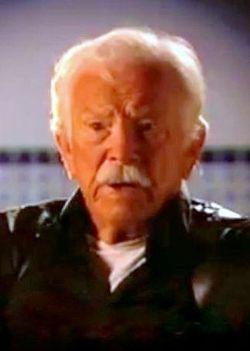
A big question mark centers on the question of Bobby Kennedy’s whereabouts on the weekend of Marilyn’s death.
John Bates, Kennedy’s lawyer, wrote a 3-page letter to foreign correspondent Bruno Bernard in 1986 claiming to have pictures which confirmed that Kennedy, his wife Ethel, and two sons stayed the weekend at his ranch in Gilroy, California, 300 miles east of Los Angeles.
While Bates said that he was not with Kennedy the whole time, the ranch was isolated and a difficult place for a helicopter to land. If Bobby had snuck out and come back late at night, the dogs would have gone berserk, and woken everyone up.
The ranch was at least an hours drive from the nearest airport and it was necessary to open and close two gates to get in and out.
Bates’ view was contradicted by police records which indicate that Bobby checked into the Beverly Hilton Hotel in Los Angeles late at night on August 3, after traveling from San Francisco, and checked out about noon on August 4 and went to Peter Lawford’s house.
Various sources reported seeing Kennedy in LA the weekend Marilyn died. Daryl Gates, William Parker’s driver and protégé and LAPD Chief from 1978-1992, confessed in his autobiography that the LAPD knew Kennedy was in town on August 4.[22]
Eunice Murray also admitted during a 1985 BBC interview that Bobby Kennedy had visited Marilyn that day.[23]
A Beverly Hills police officer, Lynn Franklin, stopped Peter Lawford’s car with Bobby in it at 12:10 a.m. on Olympic Boulevard where he was going the wrong way at twice the speed limit. Lawford told Franklin he was trying to “get the Attorney General to the airport.[25]
Journalist Bill Woodfield said that Bobby had flown into LA via helicopter. He looked at the pilot logs and saw that Bobby had flown out of LA to San Francisco at 2:00 or 3:00 a.m. the morning of Marilyn’s death (the next day Kennedy attended a church service with his family in San Francisco).
Before coming over, Bobby apparently called Marilyn from Lawford’s house and Marilyn said that she was angry with him because she had felt “used. Like a piece of meat.” Marilyn’s hairdresser, Sydney Guilaroff, reported that, late Sunday afternoon, an upset Marilyn telephoned him twice and said that Bobby Kennedy had been at her house with Peter Lawford and threatened her.[26]
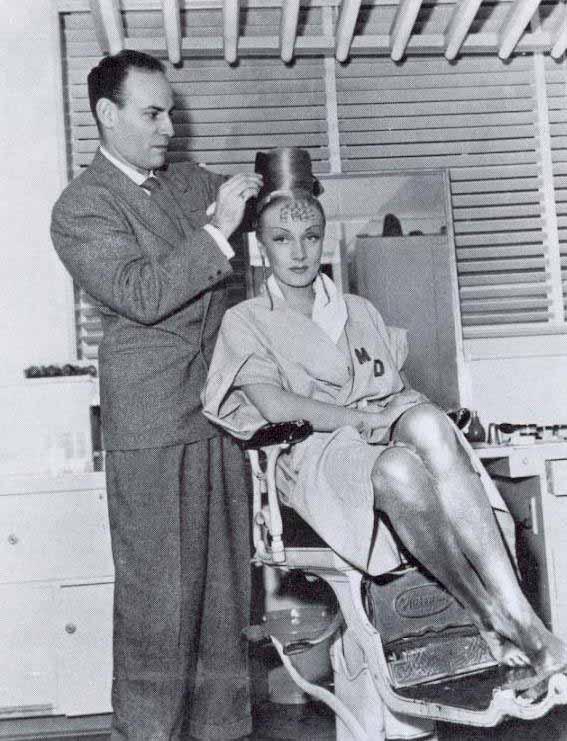
When Marilyn died, there were senior FBI agents in her home—their purpose evidently being to cover up the circumstances of her death.

Freudian Slip
During questioning, Dr. Greenson made one slip. When asked what had truly happened the night of Marilyn’s death, he barked: “Ask Robert Kennedy.” Dr. Greenson also acknowledged that Marilyn was involved with “suitors at the highest levels of government.”[27]
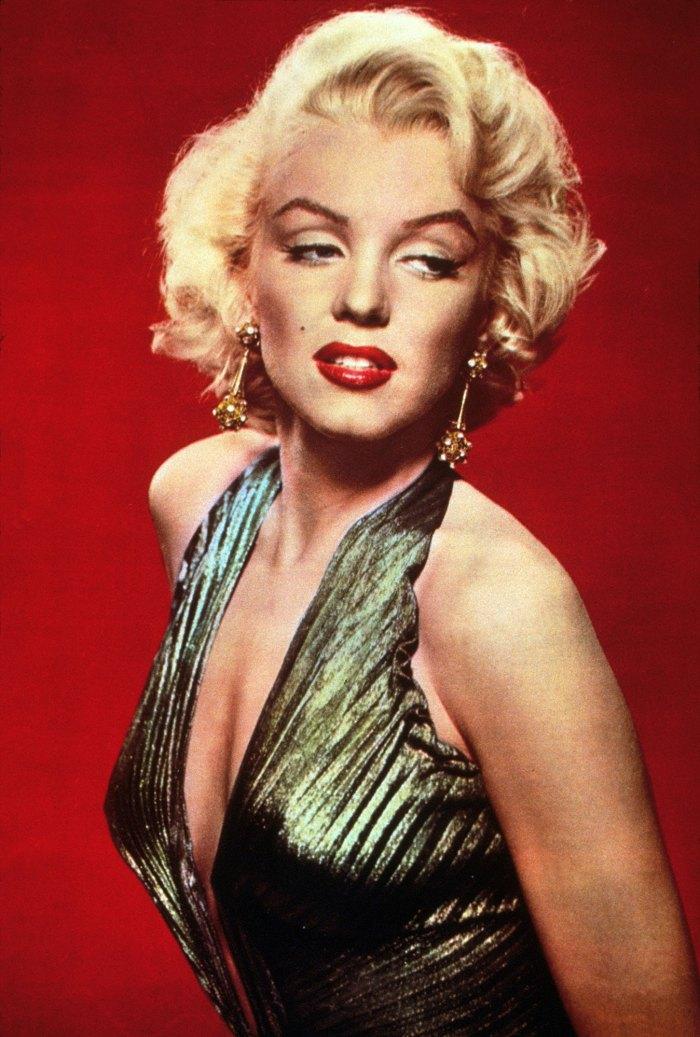
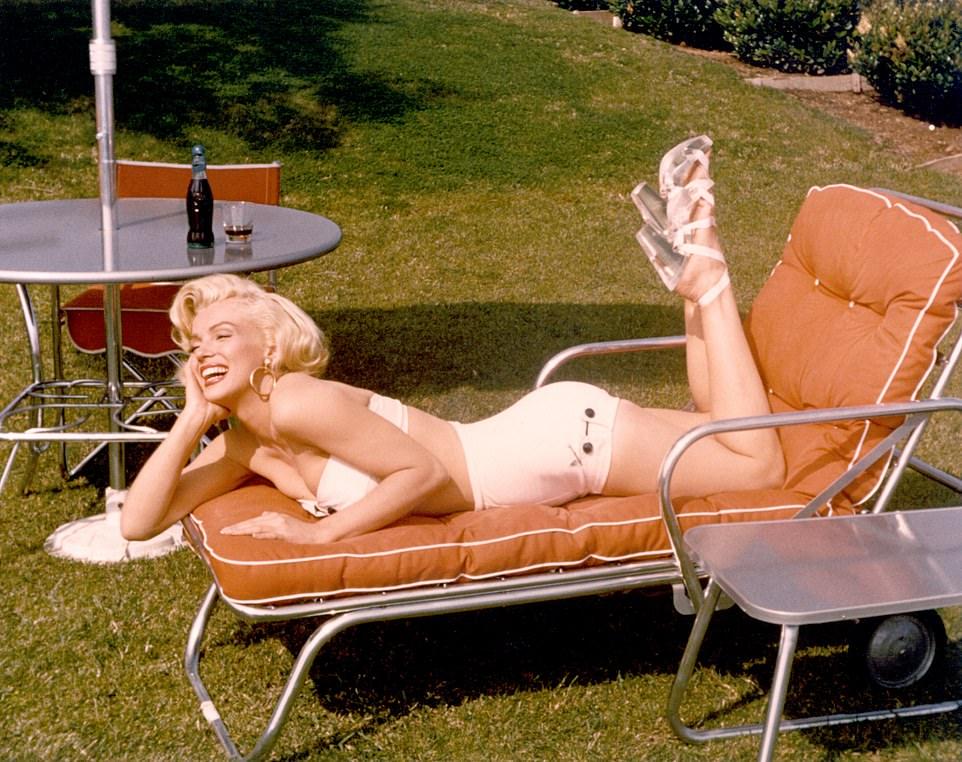
Horrible Last Weekend
On the last weekend of July 1962, Marilyn, at the invitation of Frank Sinatra, had flown to the Cal Neva Lodge and Casino in Lake Tahoe, Nevada, where she allegedly was drugged and anally raped by Mafia boss Sam Giancana—so-called Sicilian sex—as retribution for her affair with Bobby.
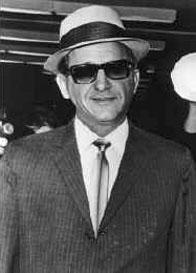
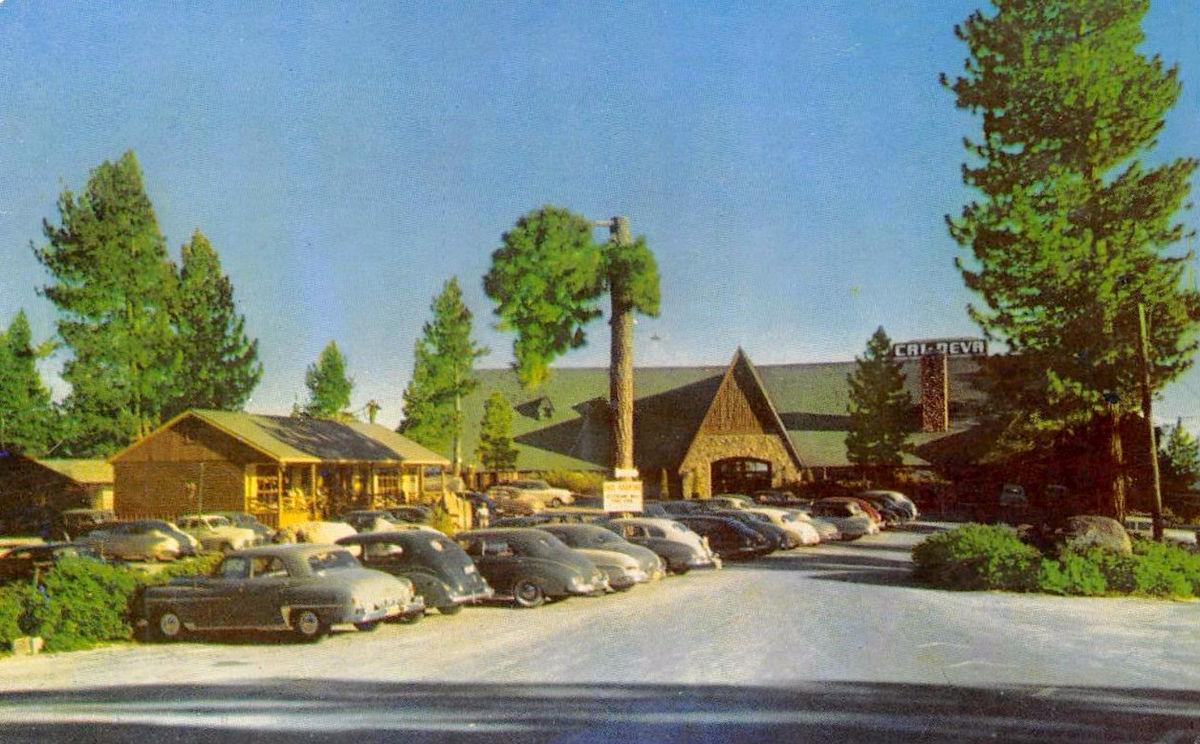
Earlier in the night, Monroe said that the Kennedys had “used her as a piece of ass.”[28] This statement may have resulted in her death since, if revealed publicly, it would have ruined the Kennedys.
Peter Lawford Spills the Beans
In 1982, former LAPD detective Mike Rothmiller interviewed Peter Lawford who, over the course of the interview, appeared to unburden himself of a terrible nightmare he had kept secret for years.
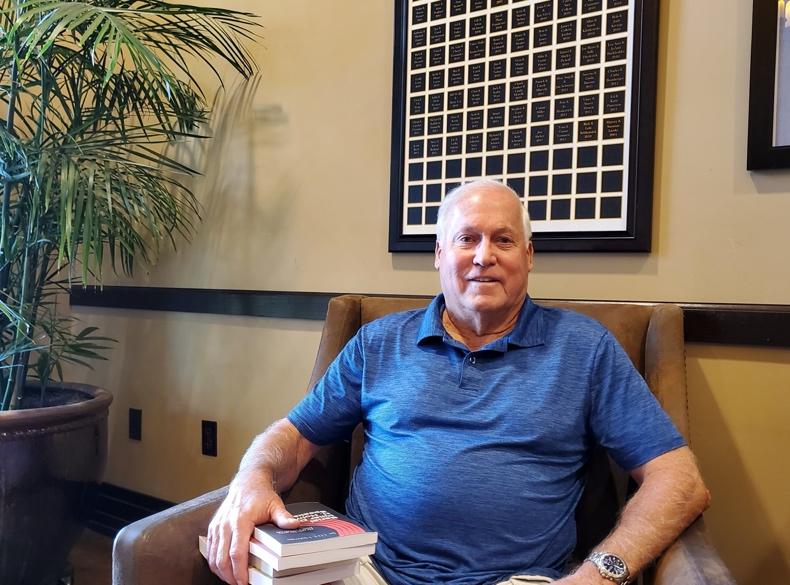
Lawford confessed to Rothmiller that, when he and Bobby went to Marilyn’s house, she appeared slightly intoxicated and the situation quickly became heated as Marilyn accused Bobby and his brother Jack of treating her like a whore.
When Bobby shook his hand in her face, Marilyn slapped it away and Kennedy slammed her to the floor near the sofa. He then leaned over her, screaming profanities and grabbing her flailing arms by the wrists. Struggling to free herself, Marilyn slapped Bobby who had to be subdued.
Lawford at the time believed that Bobby was interested in finding Marilyn’s diary. Bobby began rummaging through cabinets and drawers in the house, while Lawford stayed with Marilyn and tried to calm her. After a few minutes, Marilyn confronted Bobby in her bedroom where he was looking through her dresser and told him to get out of there. Kennedy then violently pushed Marilyn, causing her to fall onto the bed. She now began to cry.
Bobby held her down on the bed and reportedly yelled: “Where is it?” He said he had to have the diary and would pay her. Kennedy then screamed something to the effect: “You’d better shut your mouth.”[29]
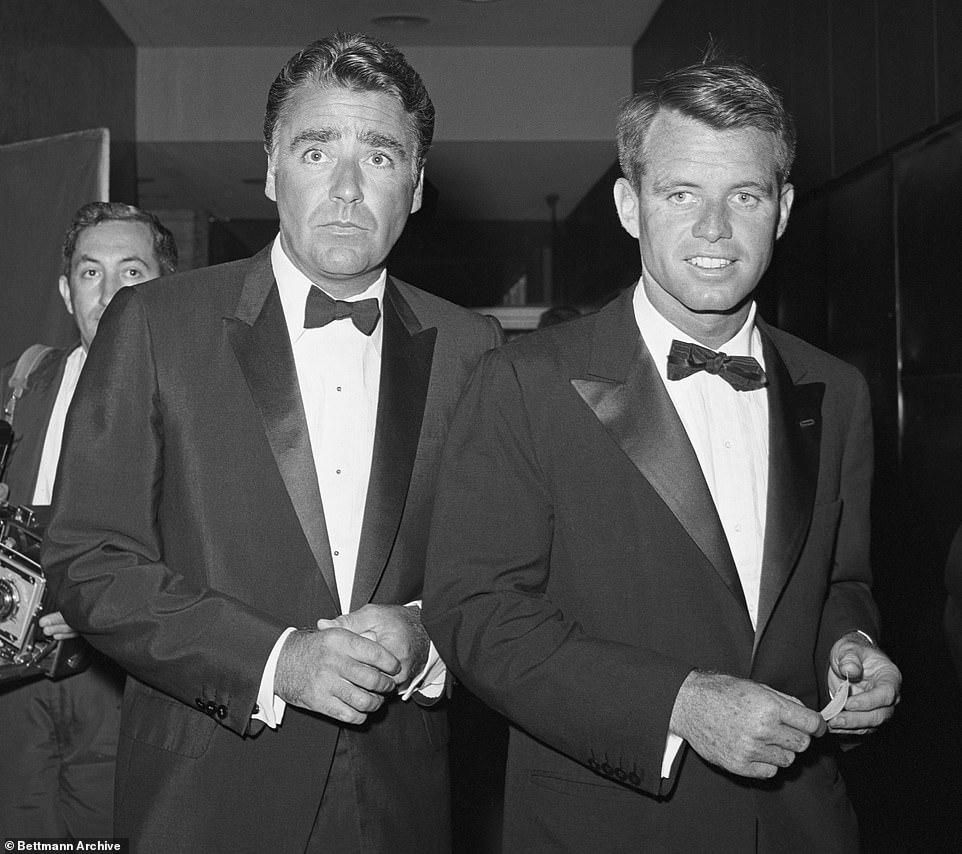
Marilyn by this time was hysterical as Bobby stormed out of the bedroom. When Lawford tried to console Marilyn, Bobby went to the kitchen sink. Lawford next saw him with a glass of water that he was stirring. Apparently he had put something in the drink.
Kennedy then walked to the living room and Kennedy gave her the glass and said “drink this and you’ll feel better.” Marilyn refused at first but, with Lawford’s coaxing, took the drink (Lawford said at the time he thought Kennedy had put a sedative in the drink that would calm her). Kennedy then told Marilyn to “finish it.” With that, she finished the drink.[30]
Subsequently, Marilyn passed out on the couch and Lawford and Kennedy renewed their search of the house for Marilyn’s diary. When Lawford glanced again at Marilyn she looked to be unconscious, with a waxen complexion. He told Kennedy and said they needed to call an ambulance. Bobby responded by grabbing Lawford’s arm and saying “leave her.”
As the two left, Lawford saw two men enter Marilyn’s house whom he thought might be detectives or CIA agents. Lawford and Kennedy then got into Lawford’s car and Lawford drove Bobby to the airport.
At the end of the interview Lawford told Rothmiller that, after he left the house, he believed that Marilyn was dead. Lawford also said he was aware that there was a subsequent delay in calling the police, which was designed to give Bobby an alibi.[31]
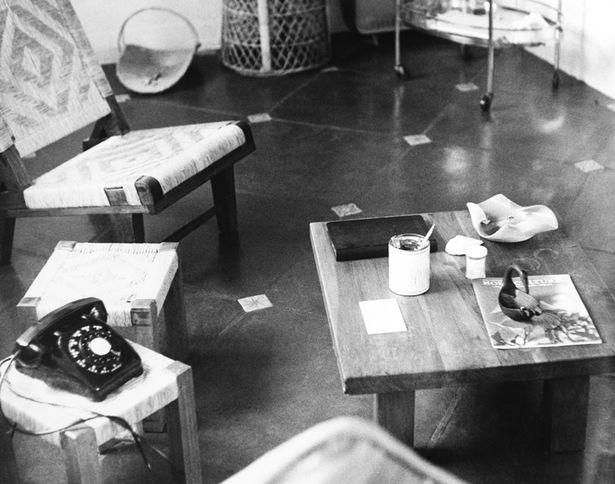
Fred Otash Tapes
Fred Otash’s surveillance confirmed that Robert Kennedy indeed visited Marilyn with Lawford on August 4, that the conversation between Marilyn and Kennedy became heated, and that Kennedy asked Marilyn how much money she wanted to keep her relationship with him and his brother secret. This question infuriated Marilyn, who began screaming at Bobby.
The tapes, at some point, revealed someone rummaging from room to room looking for something—presumably Marilyn’s diary. This ended with Kennedy screaming in a rage, “Give it to me,” and sounds of a physical struggle.
Marilyn was heard screaming and crying and Kennedy told her to shut up.
Lawford then said that he and Bobby had to leave and he would call Marilyn later but Marilyn did not respond. After Kennedy and Lawford exited the house, several people could be heard moving quickly through and rummaging around the house (thought to be LAPD detectives Archie Case and James Ahern).[32]
Marilyn at this point possibly said “who are you?” and then there were sounds of another struggle interlaced with muffled screams and men’s voices telling someone to shut up. After 20 minutes, Marilyn’s voice could no longer be heard—though other voices could be heard saying “take this,” “take that” and “did you find it?”
Otash believed that the men in the house may have administered a drug to Marilyn to subdue her and then were probably searching for her diary (marks of an injection were subsequently found on Marilyn though not reported in the original autopsy).[33] Later, Marilyn’s diary turned up in the OCID’s top secret files, which indicates the agents found what they were looking for.[34]
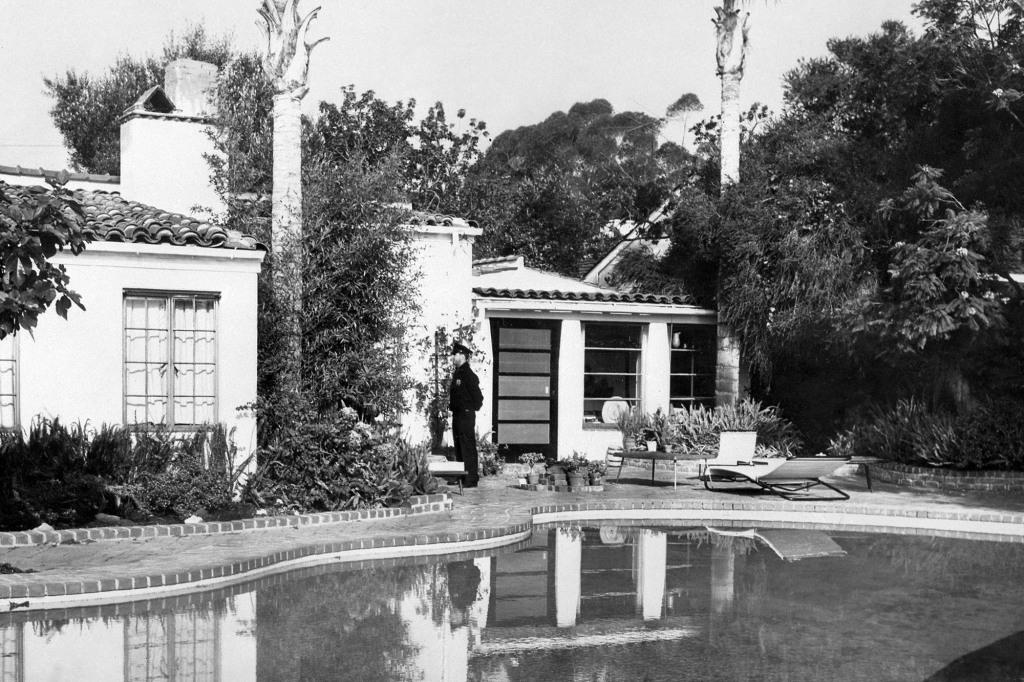
Was Bobby Framed by Sam Giancana and The Mob?
If Bobby or one of his henchman was not the killer, it could have been mob boss Sam Giancana—under orders from the CIA.
A successor to Al Capone, Giancana had developed a vendetta against Kennedy over Cuba and because Kennedy had gone after the mafia as Attorney General when the mafia had helped elect Jack president over Richard Nixon in 1960 in the state of Illinois.
Giancana along with the CIA wanted Monroe’s diary because it exposed the connection between CIA, organized crime and White House and their collaboration in the attempted assassination of Fidel Castro which at the time was unknown. It was only exposed in the Church committee hearings of 1975, thirteen years after Monroe’s death.
Kennedy could have been framed for the death; with his presence at Monroe’s house used as blackmail material to keep he and his brother in-line.
According to Sam and Chuck Giancana, the killers—coordinated by Giancana’s lieutenant Needles Gianola—entered Monroe’s home before midnight on August 4, and finding Marilyn already sedated thanks to Bobby’s doctor friend, taped her mouth shut and inserted a deadly Nembutal suppository in her anus.
Alerted to Monroe’s death, Kennedy thwarted Giancana’s scheme, however, by mobilizing a team of FBI agents along with Peter Lawford and Fred Otash to sweep Marilyn’s home before the authorities arrived. The purpose was to coverup up any evidence of Kennedy’s visit and illicit affair with Marilyn.
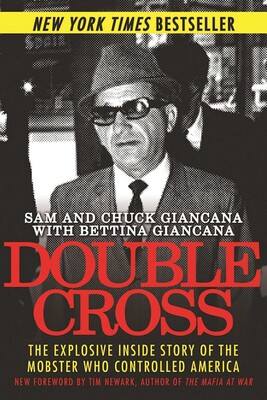
Bernard Spindel Tapes–Yet More Incriminating Material
Incriminating material suggesting Kennedy as the killer was unearthed by Bernard Spindel, a wiretap expert working for Jimmy Hoffa who died of a heart attack in jail at the age of 45 in 1968 after medication he was taking was withheld from him. Spindel, who frequently assisted both the mafia and CIA, had installed wires in Marilyn’s home and elsewhere around Los Angeles to get the dirt on Kennedy.
One most revealing tape was of a call from San Francisco to a West Los Angeles home early Sunday morning, August 5, at a time Marilyn was already dead though word of her death had not yet been reported to police. The caller from San Francisco, who must have been Kennedy, asked: “is she dead yet?”[35] The term yet being especially significant.

Who Might Have Provided the Poison?
Bobby had close personal ties to various CIA agents, including William Harvey, the “American James Bond” who ran subversion and sabotage operations directed against Cuba.[36]
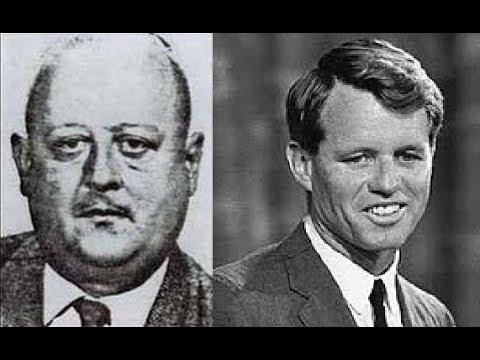
One of Harvey’s key associates, Charles D. Ford (AKA Fiscalini), was Bobby Kennedy’s operational CIA officer whose assignment was to act as a go-between with the Mafia while using the pseudonym Rocky Fiscalini.
CIA Task Force W Executive Officer Samuel Halpern told author Seymour Hersh that Charles Fiscalini saw Bobby Kennedy frequently in his office and regularly talked to him on the phone. “Charlie was a good officer, and Bobby was his case officer. He was Bobby’s man.”[37]
The substance used to kill Marilyn Monroe was not traceable. It could very well have come from the CIA’s arsenal of toxic poisons that had been developed as part the top secret “Project Naomi.”
Kennedy—or Giancana’s men for that matter—could have been supplied with the poison through Fiscalini or Harvey; the latter was known to have researched viable poisons that could be used to kill Fidel Castro.
The poisons could have also been supplied by members of LAPD’s intelligence division, which had close links to the CIA. Its head for many years, Daryl F. Gates, the future LAPD chief, was a CIA asset.[38]
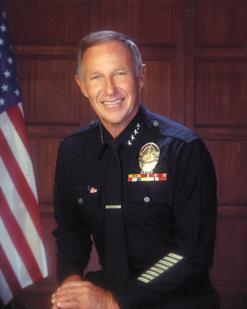
Based on Fred Otash’s revelations, agents from this division may have been the ones to administer the poison.
That poison could have been a shellfish toxin known as Saxitoxin which had been developed, refined and stored at the U.S. Army’s secret biowarfare laboratory at Fort Detrick, Maryland.
Saxitoxin is among the deadliest poisons known to humankind. One to four milligrams (smaller than a grain of sugar) will kill an average-sized person by causing respiratory failure within minutes.[39]
Cover-up
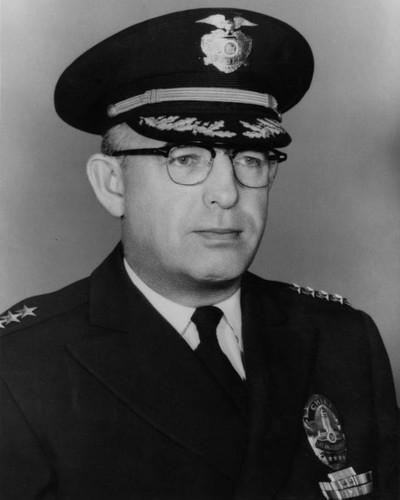
Robert Kennedy was particularly close to LAPD chief William Parker, whom he considered the best police chief in the nation, and consulted with about counter-insurgency tactics in Latin America and action in Cuba to effectively deal with Fidel Castro.[40]
Intelligence Captain James Hamilton was also an intimate friend of the Kennedys and regularly ran secret LAPD intelligence operations on their behalf.[41]
Hamilton, according to Rothmiller and Thompson, was a key figure in the cover-up of Monroe’s murder. Fred Otash and Peter Lawford identified him as being at Marilyn’s house after her death and he is suspected of being the one to obtain Marilyn’s diary.[42] Hamilton also oversaw the investigation that concluded her death was a suicide.
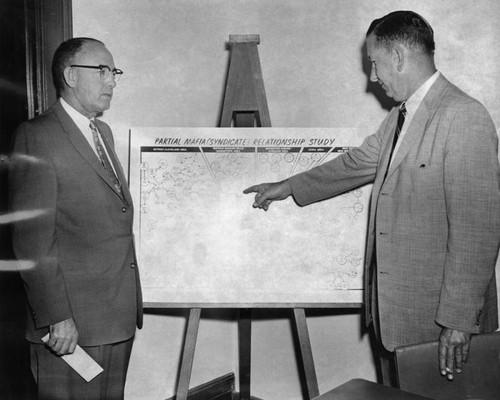
When Jack Clemmons arrived at Marilyn’s home, he saw an unmarked LAPD car parked down the street with two men inside.[43] Later he learned that they were LAPD intelligence. To Clemmons it was obvious that they had been aware of Marilyn’s death long before the police were called.
A week later, Captain James Hamilton told Clemmons to sign a report he had prepared about Marilyn’s death. Clemmons refused, but later learned that his signature was forged under the orders of Chief Parker.[44]
Clemmons said that he was asked to initial two photographs he had not taken, which was not standard police procedure. One of the photos had Monroe’s body in bed holding a telephone and another where she was not holding the telephone.[45] The two diametrically opposed photos made clear to Clemmons that the crime scene had been staged. When Clemmons had entered Monroe’s room and saw her body, she was not holding the telephone.[46]
The LAPD also produced a doctored photo showing a drinking glass by Marilyn’s bed.[47] When Clemmons initially entered Marilyn’s room, he remembered that he did not see a glass.
In the days after Marilyn’s death, Eunice Murray—who had owed her housekeeping job to Dr. Greenson—disappeared for a few days and then mysteriously came into some money and took an extended European vacation, making herself conveniently unavailable for questioning.
Pat Newcomb, Marilyn’s publicist meanwhile went to the Kennedy compound in Hyannisport, MA, where she was photographed on a yacht with Kennedy family members, and thence was sent by the Kennedy’s to Europe for an extended vacation.
Newcomb may have helped provide an alibi for Kennedy because she claimed to have had dinner with Marilyn the night of her death, which would have been impossible given the timeline outlined by Lawford in his confession.
After her return from her vacation in Europe, Robert Kennedy got Newcomb a job as an information specialist (motion pictures) for the U.S. Information Agency. Newcomb was then hired to work on Bobby’s 1964 U.S. Senate campaign in New York and that of Pierre Salinger, a Kennedy confidante, in California, and served as Bobby’s campaign manager in his run for president in 1968 (Newcomb was also put on the payroll of the Department of Justice in a special unit on the fifth floor and later snagged a senior role at MGM studios).
“They Just Called It a Suicide”
Dr. Theodore Curphey curiously assigned Marilyn’s autopsy to Dr. Thomas Noguchi, the future “coroner to the stars,” who at the time had only been working in the Coroner’s Office for a year and a half.
Dr. Noguchi admitted that he endured great political pressure and failed to report on a bruise on Marilyn’s hip, which indicated possible violence before her death.[48]
Though the cause of death was determined to be “acute barbiturate poisoning due to ingestion of overdose,” there were no traces of barbiturates found in Marilyn’s stomach—only in her blood which indicated they had been injected and not taken orally.
In 2009, Noguchi acknowledged that he had made a mistake in having the toxicology tests only on the blood and liver and not on other internal organs. When he made a request for the organs in order to rectify the error, Noguchi was informed that the organs had already been disposed of and the case marked as closed.[49]
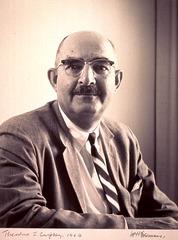
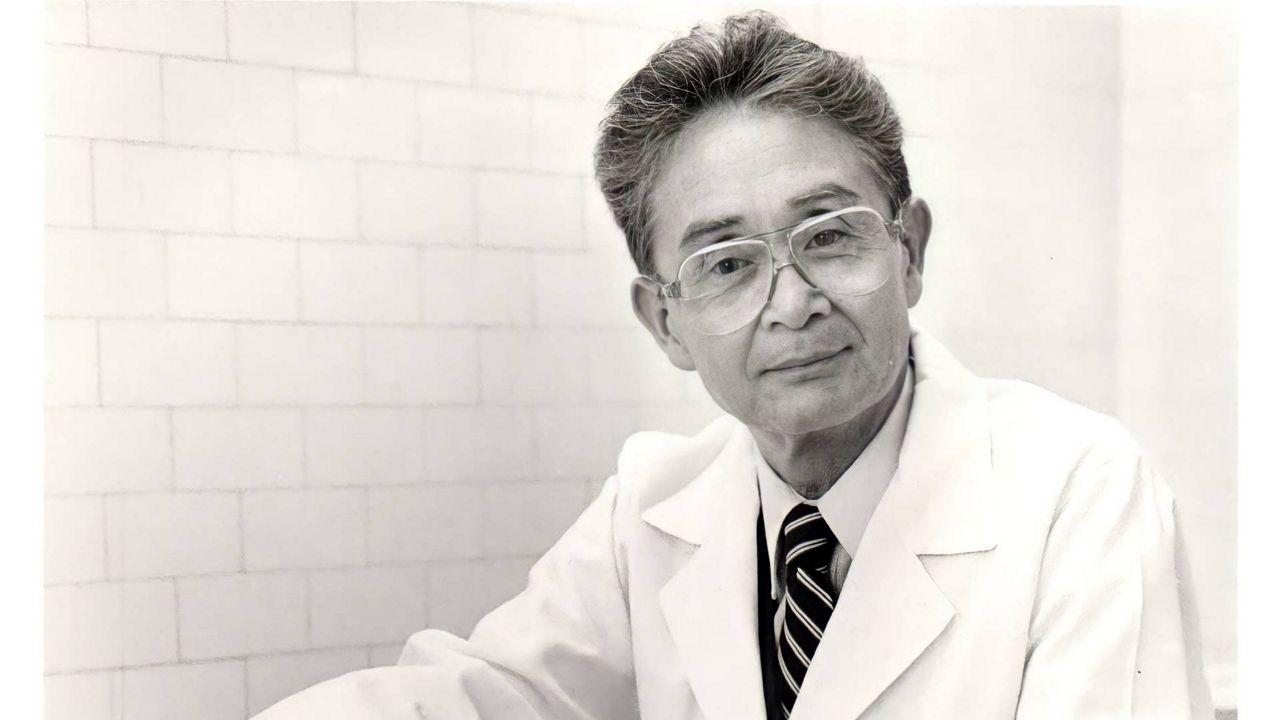
Lionel Grandison, then a 22-year-old LA Deputy Coroner’s aide, charged that Dr. Curphey ordered him to take part in a cover-up, telling an interviewer that “they just called it a suicide and ordered me to forget all about it. She was connected to the President and his Attorney General brother. Marilyn knew too much and someone—the FBI, the CIA or the Mafia—killed her to shut her up. She did not commit suicide, she was murdered.”[50]
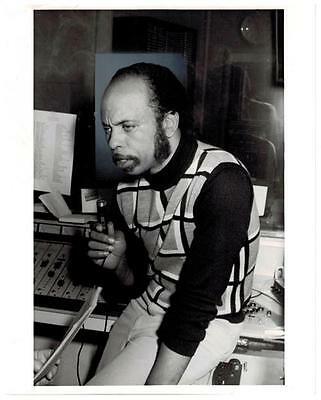
Ain’t Karma a Bitch?
If you believe in karma and believe that Bobby was responsible for Marilyn’s death, then Bobby got what was coming to him on the night of June 5, 1968, when he was assassinated just like Marilyn by the dark forces of the “deep state.”
Many people today—including especially on the liberal end of the political spectrum—consider Bobby Kennedy to be a pure-hearted idealist whose death signified the end of the 1960s and ushered in a conservative dark age.[51]
However, Kennedy’s brutal treatment of Marilyn (whether he killed her or not), helps demystify this view. It in turn exposes American politics for what it is: a Machiavellian world dominated by ruthless and unprincipled individuals and dynasties connected with organized crime who use people like rag-dolls, including in their private sex lives.
That even the world’s preeminent sex symbol was deemed expendable shows the true colors of America’s ruling elite and the depths to which it will go—which compares with the ruling elites in other decadent empires throughout history.

- Mike Rothmiller and Douglas Thompson, Bombshell: The Night Bobby Kennedy Killed Marilyn Monroe (London: Ad Lib Publishers, 2021).
Rothmiller and Thompson, Bombshell, 138, 286. John’s statements to Marilyn contradict the view of some historians that Kennedy was planning to withdraw U.S. troops from Vietnam and that this is what got him assassinated. ↑
-
Robert E. Slatzer, The Life and Curious Death of Marilyn Monroe (Los Angeles: Pinnacle Books, 1974), 16, 17, 408. It was thus Bobby and not Jack who made the fateful decision not to use air power at the Bay of Pigs, which angered hard-liners.. ↑
-
Slatzer, The Life and Curious Death of Marilyn Monroe, 15. ↑
-
Slatzer, The Life and Curious Death of Marilyn Monroe, 408. The notes recorded in Marilyn’s diary were only brought to light years later during Senate investigations on the intelligence agencies spearheaded by Frank Church (D-ND). Thad Brown, the Los Angeles chief of detectives, is also reported to have told the U.S. Treasury’s assistant chief of intelligence in Los Angeles had found a crumpled piece of paper amidst Marilyn’s sheets.On it was a number for the White House. Journalist Milo Speriglio wrote: “If Marilyn had ‘told all’ at that news conference, the consequences would have been incalculable. Her top-secret revelations could have caused a furor greater than the Teapot Dome scandal. It could have been as devastating as Watergate. It could have sparked an explosive situation with Cuba and the Soviet Union. John Kennedy, not Richard Nixon might have become the first U.S. president to resign from office. The aspirations of Bobby Kennedy to succeed his brother would have been shattered. But the press conference never took place. The day before it was scheduled, Marilyn Monroe died.” Milo Speriglio, The Marilyn Conspiracy (New York: Pocket Books, 1986), 34.
-
Rothmiller and Thompson, Bombshell, 111. ↑
-
The dark side of the Kennedys is detailed in numerous books: Seymour Hersh, The Dark Side of Camelot (Boston: Back Bay Books, 1998); Thomas Reeves, A Question of Character: A Life of John F. Kennedy (New York: Three Rivers Press, 1997); Noam Chomsky, Rethinking Camelot (Boston: South End Press, 1993); Stephen Dunleavy and Peter Brennan, Those Wild, Wild Kennedy Boys (Pinnacle Books, 1976).. ↑
-
Rothmiller and Thompson, Bombshell, 53, 131. New York Times columnist Anthony Lewis was a Harvard classmate of Bobby’s. Describing Kennedy as “callow and tough,” Lewis said that he did not like him. Once he had to pry him away from a man who he thought had insulted his brother. “Bobby would have killed him,” Lewis said, “if we hadn’t pulled him off….It really scared us. The Kennedys had each others’ backs.” ↑
-
Martin J. Sherwin, Gambling with Armageddon: Nuclear Roulette from Hiroshima to the Cuban Missile Crisis, 1945-1962 (New York: Alfred A. Knopf, 2020). ↑
-
Slatzer, The Life and Curious Death of Marilyn Monroe, 4, 5.
-
Slatzer, The Life and Curious Death of Marilyn Monroe, 272. Kilgallen herself later died under suspicious circumstances after she uncovered damning information on the assassination of JFK. See Mark Shaw, Collateral Damage: The Mysterious Deaths of Marilyn Monroe and Dorothy Kilgallen, and the Ties that Bind Them to Robert Kennedy and the JFK (New York: Post Hill Press, 2021). ↑
-
Rothmiller and Thompson, Bombshell, 210. Eunice Murray later she had called her handy man son-in-law, Norman Jeffries II, to come over and repair the bedroom window before the police arrived.
-
Idem. ↑
-
Rothmiller and Thompson, Bombshell, 227; Slatzer, The Life and Curious Death of Marilyn Monroe, 30.. ↑
-
Tony Sciacca, Who Killed Marilyn? And Did the Kennedy’s Know (Manor Books, 1976); Slatzer, The Life and Curious Death of Marilyn Monroe, 416. ↑
-
Rothmiller and Thompson, Bombshell, 222, 223, 224; Slatzer, The Life and Curious Death of Marilyn Monroe, 32; Speriglio, The Marilyn Conspiracy. At first the doctors said they had not moved her or rolled her over. Then they changed their story and said they did roll her over on the bed to see if they could save her. ↑
-
Rothmiller and Thompson, Bombshell, 221, 222. Clemmons said that his reports were falsified and that he faced harassment and was ordered to shut up about what he knew. ↑
-
Slatzer, The Life and Curious Death of Marilyn Monroe, 288; Speriglio, The Marilyn Conspiracy, 18. Clemmons said that he “didn’t like the look on the psychiatrists’ face,” and “didn’t like his attitude.”. ↑
-
Rothmiller and Thompson, Bombshell, 225. ↑
-
Rothmiller and Thompson, Bombshell, 225; Slatzer, The Life and Curious Death of Marilyn Monroe, 300. ↑
-
Rothmiller and Thompson, Bombshell, 225. ↑
-
Rothmiller and Thompson, Bombshell, 43; Speriglio, The Marilyn Conspiracy, 104. Bates’ letter to Bruno Bernard and the photos of Kennedy at his ranch allegedly on that weekend are reprinted in Susan Bernard, Marilyn: Intimate Exposures (New York: Stirling Publishers, 2011), 184, 185. Bates said that he drove Kennedy to his family on Sunday morning to San Fransisco where he had a speaking appearance the next day.
-
Rothmiller and Thompson, Bombshell, 210. Murray’s testimony was confirmed by several women who were playing cards at the home of Marilyn’s neighbor that afternoon and spotted Bobby Kennedy accompanied by another man (Peter Lawford) walking on the street and visiting Marilyn’s home. Slatzer, The Life and Curious Death of Marilyn Monroe, 21, 22. ↑
-
Idem. ↑
-
Rothmiller and Thompson, Bombshell, 43. Franklin said that there was a third man in the car whom he later identified as Dr. Ralph Greenson, Marilyn’s psychiatrist. When Franklin told Lawford that he was going the wrong way, he heard Bobby Kennedy shout urgently from the back seat: “I told you stupid!” Franklin subsequently survived two attempts on his life. ↑
-
Rothmiller and Thompson, Bombshell, 211. ↑
-
Rothmiller and Thompson, Bombshell, 234. ↑
-
Rothmiller and Thompson, Bombshell, 183.
-
Rothmiller and Thompson, Bombshell, 214-216. ↑
-
Rothmiller and Thompson, Bombshell, 218. ↑
-
Rothmiller and Thompson, Bombshell, 220. When asked whether John and Bobby wanted Marilyn dead, Lawford answered yes. ↑
-
Rothmiller and Thompson, Bombshell, 258, 262. ↑
-
Rothmiller and Thompson, Bombshell, 257, 258. ↑
-
Rothmiller and Thompson, Bombshell, 273. ↑
-
Slatzer, The Life and Curious Death of Marilyn Monroe, 13. After Spindel’s arrest on illegal wiretapping charges, police raided his home and seized all his tapes. On Spindel’s mafia and CIA ties, see Sam and Chuck Giancana, with Bettina Giancana, Double Cross: The Explosive Inside Story of the Mobster Who Controlled America, with new foreword by Tim Newark (New York: Skyhorse, 2014), 391.
-
Rothmiller and Thompson, Bombshell, 175, 176. ↑
-
Rothmiller and Thompson, Bombshell, 176. ↑
-
Rothmiller and Thompson, Bombshell, 262, 263. Donna O’Laughlin, whose father owned a ski resort that Frank Sinatra performed at and became friends with the Kennedys, reported having a conversation with two men in her home in 1975 in Western Massachusetts, Steven McClusky of Boston and Frankie Martin, who claimed that they “did the dirty work for the Kennedys,” meaning they were hit men. Out of the blue, one of them said to her: “you know, Marilyn Monroe didn’t commit suicide..” When pressed further, he continued: “Yeah, she didn’t kill herself. The Kennedys authorized her being killed. And here’s how they did it. She had an affair with JFK and Bobby and Jackie was mad and went to Joe Kennedy and said she wanted a divorce…..Marilyn was calling the White House so she’s gotta go to appease Jackie. Marilyn’s dangerous. Jackie will leave, and so Bobby opened the bedroom window in Marilyn’s home (the man didn’t say they were involved), so Bobby’s there that night, the night she died.” He went on that there was talk of Marilyn’s having a diary, that she might “open her mouth” and so Bobby unlocked the window and the men went in (didn’t say who the men were, only that they worked for the Kennedys) and lifted her up, rear end up. They took her own medication, diluted it, and put it into a syringe and injected that into the mucus membrane inside the bowel.” O’Laughlin said that “to me, a nurse, that meant that it went directly into the colon area since the membrane absorbs instantly, and thus no needle marks are evident.” The proof she said of how they did it, as the men described, comes from the gray discoloration on Marilyn’s face you can see in photos of her when they forced her down. When she died, the circulation stops and frees the liquid into the face. Its called “mortling.” When O’Laughlin, told her dad, her dad said never to tell anyone what happened. Regarding Peter Lawford, the men told O’Laughlin, “he was involved, was with Bobby, and the poor son of a bitch was never the same again.” In Mark Shaw, Fighting For Justice: The Improbable Journey to Exposing Cover-Ups About the JFK Assassination and the Deaths of Marilyn Monroe and Dorothy Kilgallen (Nashville, TN: Post Hill Press, 2022), 180. Shaw also interviewed actor Michael Berryman, whose father Sloan was a noted neurosurgeon called on to examine the body of Marilyn. Sloan told Michael that “Marilyn was murdered with an overdose of barbiturates administered by an enema.” This would explain why Eunice Murray was doing laundry in the middle of the night when the police came in; notably to clean the soiled sheets. ↑
-
Rothmiller and Thompson, Bombshell, 229. ↑
-
Rothmiller and Thompson, Bombshell, 151. Just after Marilyn’s death, Parker, who had ambitions of replacing J. Edgar Hoover as FBI chief, was the one to confiscate her phone records. Slatzer, The Life and Curious Death of Marilyn Monroe, 401. ↑
-
Rothmiller and Thompson, Bombshell, 26. ↑
-
Rothmiller and Thompson, Bombshell, 262, 274. ↑
-
Rothmiller and Thompson, Bombshell, 225. ↑
-
Rothmiller and Thompson, Bombshell, 226. ↑
-
Idem. ↑
-
Rothmiller and Thompson, Bombshell, 227. ↑
-
Idem. ↑
-
Noguchi also failed to report on punctures in Marilyn’s flesh which derived from a shot she allegedly received under the armpit to subdue her during her struggle with Bobby Kennedy. Marilyn’s doctor, Hyman Engelberg also testified that he gave Marilyn two shots on August 1 and 3 which should have been highlighted in the autopsy report. Slatzer, The Life and Curious Death of Marilyn Monroe, 64. ↑
-
Rothmiller and Thompson, Bombshell, 266. See also Frank A. Capell, The Strange Death of Marilyn Monroe (Zarephath, New Jersey: Herald of Freedom, 1964), 62, 63, 69. It is possible that Robert Kennedy slipped a lethal dose of barbiturates into Marilyn’s water glass, and that Dr. Engelberg pumped Marilyn’s stomach in the hours before the police were called.
-
Rothmiller and Thompson, Bombshell, 266; Lionel Grandison, Memoirs of a Deputy Coroner: The Case of Marilyn Monroe (Los Angeles: Bait-Cal, 2012). ↑
-
Although I was never under any illusions about the Kennedys and knew about their dark side, I admittedly succumbed to this illusion in my article for CovertAction Magazine about Robert Kennedy’s assassination. ↑
CovertAction Magazine is made possible by subscriptions, orders and donations from readers like you.
Blow the Whistle on U.S. Imperialism
Click the whistle and donate
When you donate to CovertAction Magazine, you are supporting investigative journalism. Your contributions go directly to supporting the development, production, editing, and dissemination of the Magazine.
CovertAction Magazine does not receive corporate or government sponsorship. Yet, we hold a steadfast commitment to providing compensation for writers, editorial and technical support. Your support helps facilitate this compensation as well as increase the caliber of this work.
Please make a donation by clicking on the donate logo above and enter the amount and your credit or debit card information.
CovertAction Institute, Inc. (CAI) is a 501(c)(3) non-profit organization and your gift is tax-deductible for federal income purposes. CAI’s tax-exempt ID number is 87-2461683.
We sincerely thank you for your support.
Disclaimer: The contents of this article are the sole responsibility of the author(s). CovertAction Institute, Inc. (CAI), including its Board of Directors (BD), Editorial Board (EB), Advisory Board (AB), staff, volunteers and its projects (including CovertAction Magazine) are not responsible for any inaccurate or incorrect statement in this article. This article also does not necessarily represent the views the BD, the EB, the AB, staff, volunteers, or any members of its projects.
Differing viewpoints: CAM publishes articles with differing viewpoints in an effort to nurture vibrant debate and thoughtful critical analysis. Feel free to comment on the articles in the comment section and/or send your letters to the Editors, which we will publish in the Letters column.
Copyrighted Material: This web site may contain copyrighted material the use of which has not always been specifically authorized by the copyright owner. As a not-for-profit charitable organization incorporated in the State of New York, we are making such material available in an effort to advance the understanding of humanity’s problems and hopefully to help find solutions for those problems. We believe this constitutes a ‘fair use’ of any such copyrighted material as provided for in section 107 of the US Copyright Law. You can read more about ‘fair use’ and US Copyright Law at the Legal Information Institute of Cornell Law School.
Republishing: CovertAction Magazine (CAM) grants permission to cross-post CAM articles on not-for-profit community internet sites as long as the source is acknowledged together with a hyperlink to the original CovertAction Magazine article. Also, kindly let us know at info@CovertActionMagazine.com. For publication of CAM articles in print or other forms including commercial internet sites, contact: info@CovertActionMagazine.com.
By using this site, you agree to these terms above.
About the Author

Jeremy Kuzmarov holds a Ph.D. in American history from Brandeis University and has taught at numerous colleges across the United States. He is regularly sought out as an expert on U.S. history and politics for radio and TV programs and co-hosts a radio show on New York Public Radio and on Progressive Radio News Network called “Uncontrolled Opposition.”
He is Managing Editor of CovertAction Magazine and is the author of six books on U.S. foreign policy, including Obama’s Unending Wars (Clarity Press, 2019), The Russians Are Coming, Again, with John Marciano (Monthly Review Press, 2018), Warmonger. How Clinton’s Malign Foreign Policy Launched the U.S. Trajectory From Bush II to Biden (Clarity Press, 2023); and with Dan Kovalik, Syria: Anatomy of Regime Change (Baraka Books, 2025).
Besides these books, Kuzmarov has published hundreds of articles and contributed to numerous edited volumes, including one in the prestigious Oxford History of Counterinsurgency .
He can be reached at jkuzmarov2@gmail.com and found on substack here.

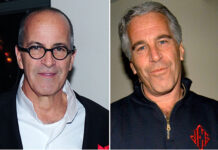
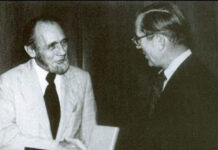
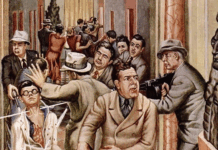

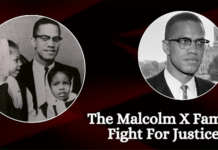
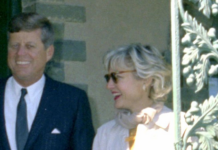
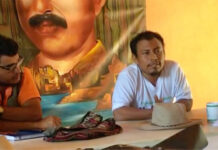
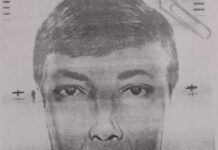
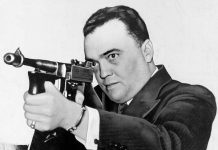

If CAM heard a quacking sound coming from a bird, and reported that it was a duck, you would deem it probable KGB disinformation.
That was meant for “Timothy” below…
I wonder whether some of the foreign policy entries were faked after Marilyn’s death since they are counter to JFK’s decision and NSC memo to withdraw from Vietnam, and his back channel negotiations with Khrushchev and Castro.
Good
Google easily work and google pays me every hour and every week just $5K to $8K for doing online work from home. I am a university student and I work n my part time just 2 to 3hours a day easily from home. (pha22) Now every one can earn extra cash for doing online home system and make a good life by just open this website and follow instructions on this page.>> https://richmoney22.blogspot.com/
The reason why this article appears in Covert Action Magazine is because it implicates the usual suspects, the CIA, American Government, FBI, LAPD, Mafia etc. If new evidence materialized suggesting that the KGB was involved, then Covert Action Magazine would publish an article demonstrating that the KGB has absolutely nothing to do with it. and that it was all propaganda from the mainstream media.
it’s ALways bothered me that ‘famous people’ get all this attention over their deaths…as if all the other people who shouldn’t have died don’t deserve as much attention?
but…i guess since this is on the same page as what i see above(did J. Edgar Hoover order the assassination of Martin Luther King Jr?), it makes me realize that it’s more about ‘the powers that be’ than the person murdered…
like david byrne said: same as it ever was…